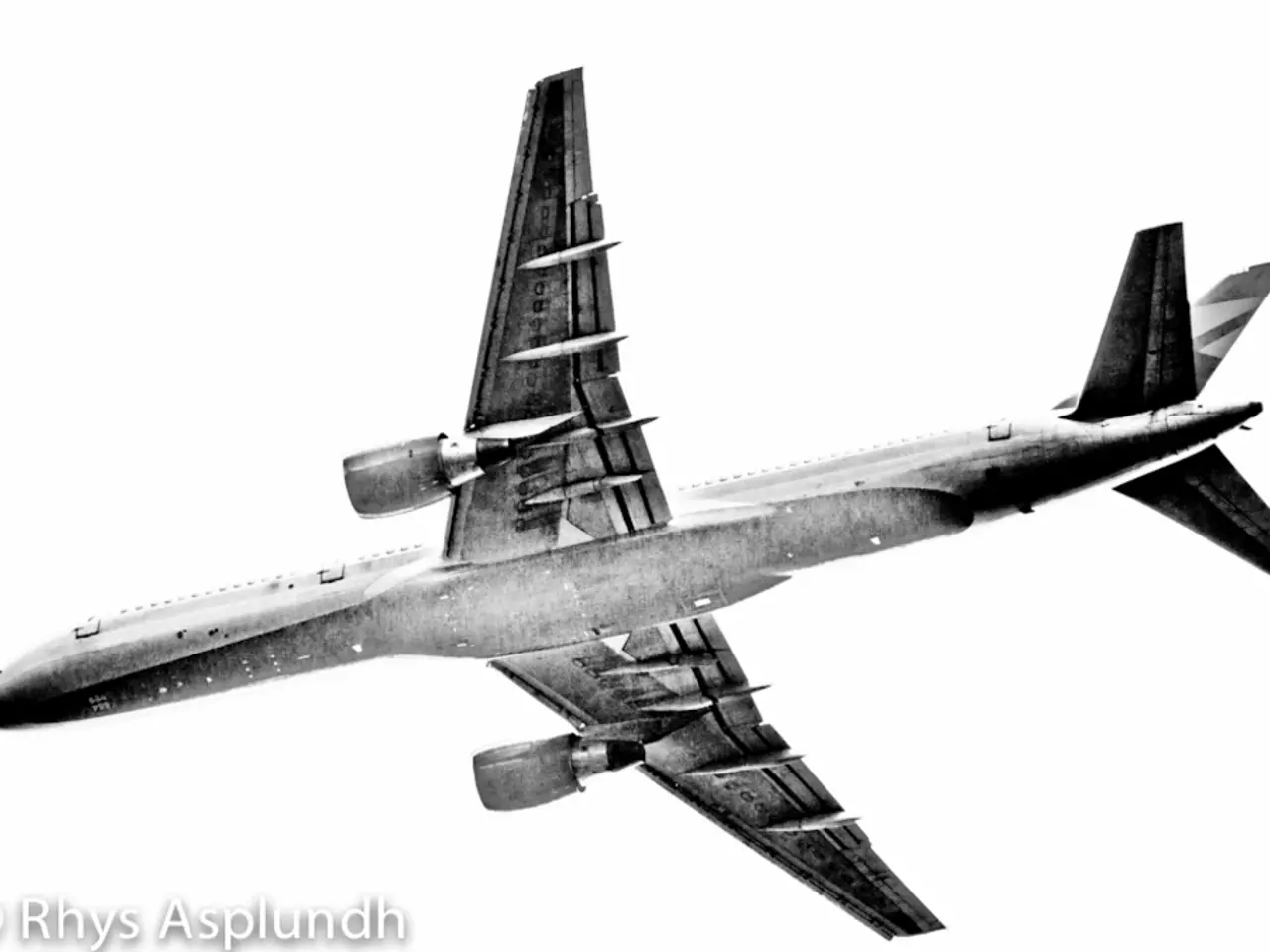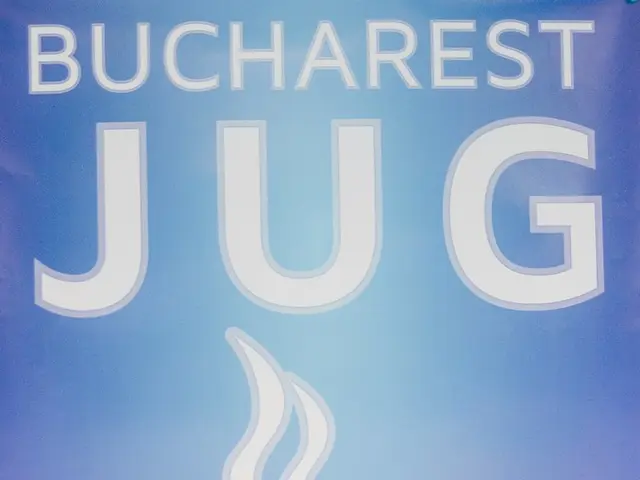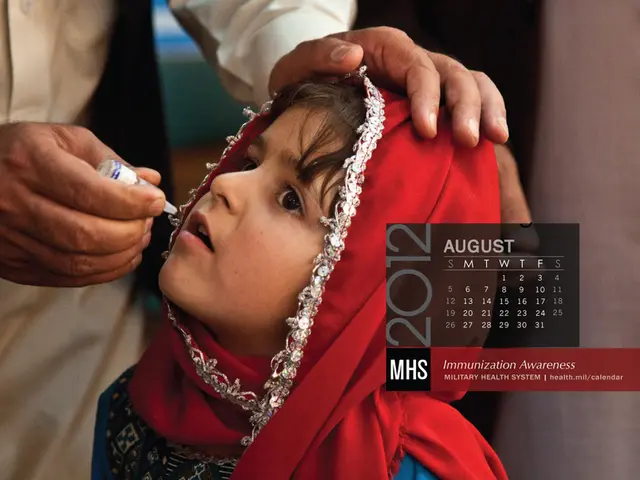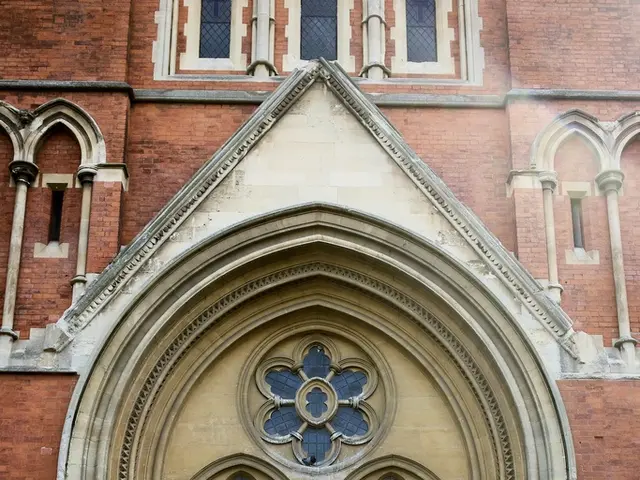Unveiling the Elusive Advanced Aerospace Threat Identification Program (AATIP)
In the early 2000s, a secretive U.S. government-funded program was established to investigate unidentified aerial phenomena (UAPs). Known as the Advanced Aerospace Threat Identification Program (AATIP), the program was orchestrated under the guidance of Luis Elizondo, a former military intelligence officer [1].
At the helm of the AATIP, Elizondo led a team of experts, including physicists and military personnel, to investigate UAP sightings that might pose national security threats [1]. One of the most notable individuals associated with the AATIP is David Fravor, a military pilot who encountered the famous "Tic Tac" UFO in 2004 [2].
The AATIP was funded with approximately $22 million and ran from 2007 to 2012, managed by the Defense Intelligence Agency [1]. Although a comprehensive list of all personnel involved in the AATIP has not been publicly released, Luis Elizondo is the most prominent named individual closely identified with the program’s leadership [3][4].
Other key figures linked indirectly to AATIP and UFO discussions include Christopher Mellon, a former Deputy Assistant Secretary of Defense, who was a member of the AATIP's external advisory board [5]. Additionally, Harry Reid, a former U.S. Senator, played a significant role in securing funding for the AATIP in 2007 [6].
Since its establishment, the AATIP has signified the U.S. government's recognition of the potential significance of UAPs. The program's primary objective was to investigate UAP sightings and reports, with the proposed KONA BLUE initiative venturing into the realms of the paranormal in addition to UAP investigations [1].
Following his resignation from the AATIP in 2017, Luis Elizondo has become a vocal advocate for increased government research and disclosure related to UAPs [7]. His efforts, along with those of other advocates such as Harry Reid, have contributed to a shift towards transparency in discussing UAPs, leading to an evolving narrative surrounding these mysteries in the media [8].
The media attention and dedicated research on UAPs, such as Christopher Mellon's "Unidentified," indicate an ongoing interest and investigation into these phenomena [8]. Figures like Elizondo and Reid, who have been at the forefront of AATIP, have played a crucial role in bringing these investigations to public attention. As the discourse on UAPs continues to evolve, the legacy of the AATIP and its key figures remains a significant part of the narrative.
References:
[1] New York Times. (2017, December 16). Glowing Auras and ‘Black Money': The Pentagon's Mysterious U.F.O. Program. Retrieved from https://www.nytimes.com/2017/12/16/us/politics/pentagon-program-ufo-lue Elizondo.html
[2] Cohen, L. (2020, June 25). The Pentagon UFO program: A timeline. Retrieved from https://www.cnn.com/2020/06/25/politics/pentagon-ufo-program-timeline/index.html
[3] Elizondo, L. (2019, April 24). The Pentagon's UFO Program: A Call to Action. Retrieved from https://www.huffpost.com/entry/the-pentagons-ufo-program-a-call-to-action_b_5cd13c0ae4b09364652f836a
[4] Elizondo, L. (2019, May 9). The Pentagon's UFO Program: What We Know. Retrieved from https://www.huffpost.com/entry/the-pentagons-ufo-program-what-we-know_b_5cd659eae4b09364652f836b
[5] Mellon, C. (2020). Unidentified: The Secret Life of UFOs. Retrieved from https://www.amazon.com/Unidentified-Secret-Life-UFOs-Mellon/dp/1541741703
[6] Shanker, T. (2017, December 16). A Look at the Nevada Senator Who Pushed U.F.O. Research. Retrieved from https://www.nytimes.com/2017/12/16/us/politics/harry-reid-ufo-funding.html
[7] Elizondo, L. (2019, October 3). The Pentagon's UFO Program: A Call to Action. Retrieved from https://www.huffpost.com/entry/the-pentagons-ufo-program-a-call-to-action_b_5cd13c0ae4b09364652f836a
[8] The Atlantic. (2021, January 28). The U.S. Military's UFO Program Is Now Public. Retrieved from https://www.theatlantic.com/science/archive/2021/01/the-us-militarys-ufo-program-is-now-public/617988/
- The researcher Luis Elizondo, a former military intelligence officer, led the Advanced Aerospace Threat Identification Program (AATIP), an investigation into unidentified aerial phenomena (UAPs) funded by the U.S. government.
- The AATIP, which ran from 2007 to 2012, was managed by the Defense Intelligence Agency and involved experts from various fields, including physicists and military personnel.
- One prominent individual associated with the AATIP is David Fravor, a military pilot who had a notable UFO sighting in 2004.
- Christopher Mellon, a former Deputy Assistant Secretary of Defense, was a member of the AATIP's external advisory board and is also linked to UFO discussions.
- Harry Reid, a former U.S. Senator, played a significant role in securing funding for the AATIP in 2007.
- The AATIP's primary objective was to investigate UAP sightings and reports, but the proposed KONA BLUE initiative ventured into the realms of the paranormal.
- Following his resignation from the AATIP in 2017, Elizondo has become a vocal advocate for increased government research and disclosure related to UAPs.
- Other figures like Harry Reid have also contributed to the shift towards transparency in discussing UAPs, leading to more coverage in the media.
- The growing media attention and dedicated research on UAPs indicate an ongoing investigation into these phenomena, with books like Christopher Mellon's "Unidentified" being published.
- The legacy of the AATIP and its key figures continues to be a significant part of the ongoing narrative surrounding UAPs.
- The discussion on UAPs extends to various industries, including science, medicine, finance, space-and-astronomy, lifestyle, technology, education-and-self-development, casino-and-gambling, entertainment, general-news, and sports.
- However, the nature and implications of UAP sightings remain a mystery, with the weather and even paranormal factors being speculated as potential explanations for some UFO sightings.




